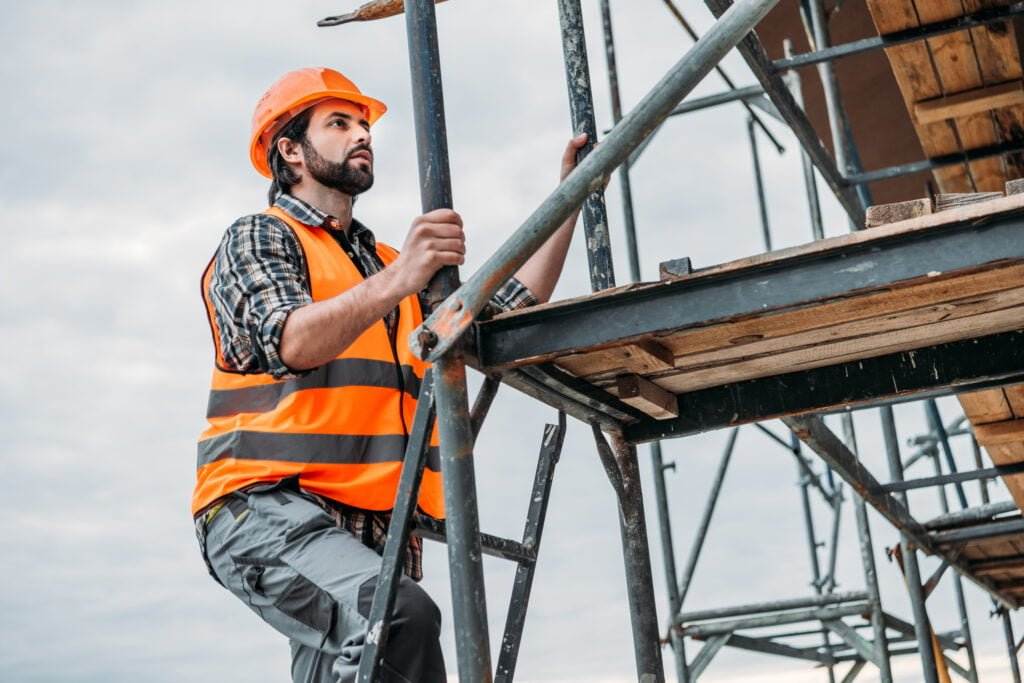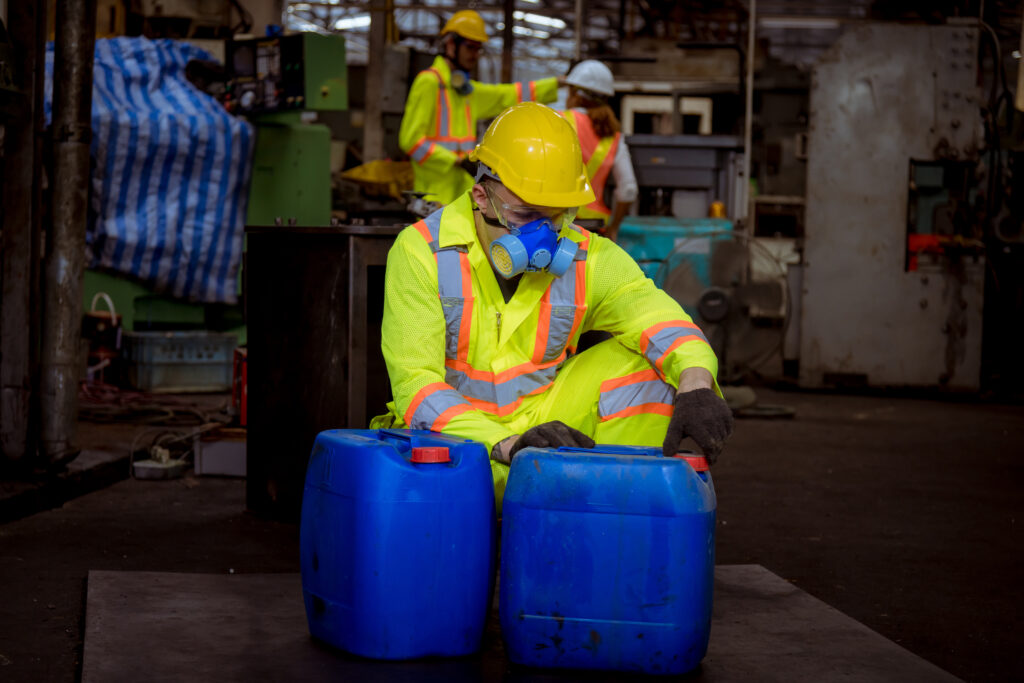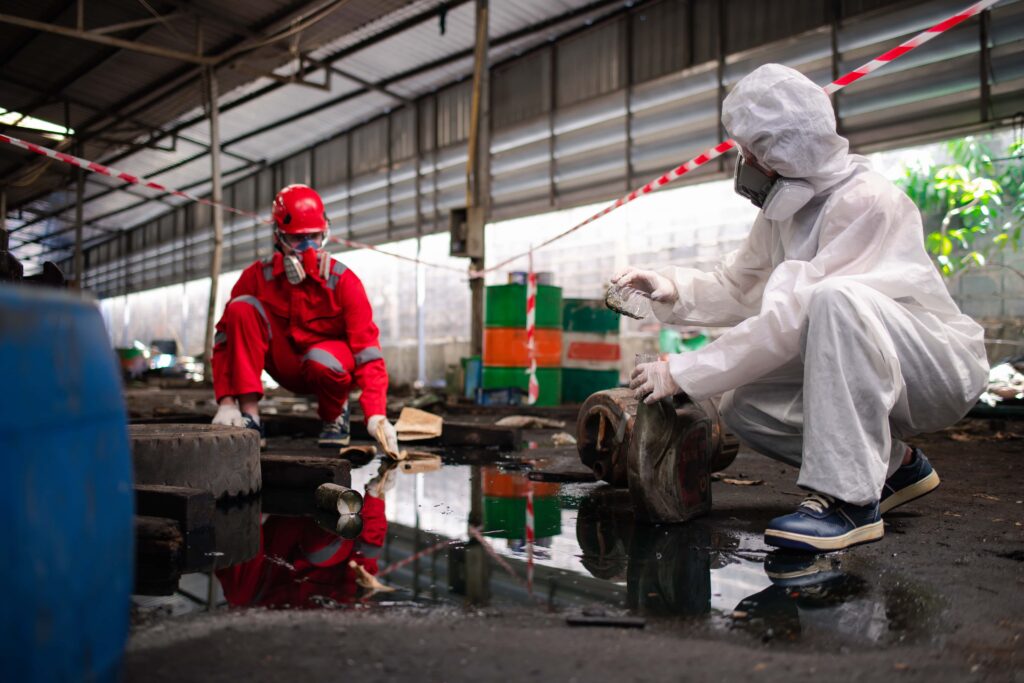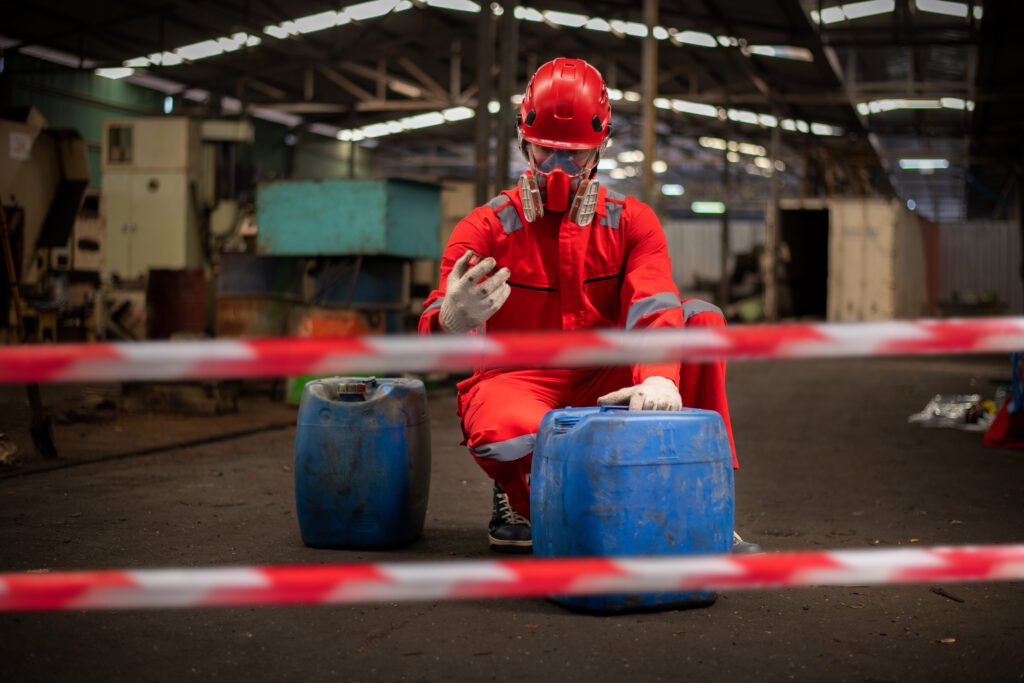Provided by: Three Sixty Safety
Work Site Scaffolding Safety
The majority of scaffold accidents on construction sites are caused by falls, slipping or being struck by an object from above. All of these accidents can be prevented by taking the proper precautions. Review this guide to learn more.
General Safety Tips
- To prevent slipping hazards, conduct a daily routine inspection to ensure all walking and working surfaces are free from potential hazards. If you spot a hazard, remove it.
- Never move, dismantle or alter a scaffold unless under the supervision of a qualified person while doing such activities. Don’t move a scaffold if workers are still on it.
- Keep scaffold loads below maximum capacity and remove your equipment when the scaffold is not in use.
- Be alert for bad weather. High winds and driving rain and snow can be dangerous when working at high levels.
Protection for Those Below
- Always hoist up heavy tools, equipment and supplies, rather than carry them up by hand.
- There must be a 3½”-high toe board to prevent things falling off a scaffold. If things on the scaffold are taller than 3½” (above the toe board) other systems, like debris nets, must be used to catch falling tools or materials.
- Always wear a hard hat when working on and around a scaffold.
- Never walk under or near the scaffold if roped off when work is being performed above.
Fall Protection Basics
To help protect you against potentially deadly falls, fall protection is needed when working 6 feet or more above a lower level, and consists of either a personal fall arrest system or guardrail systems, depending on the job. If using a fall arrest system, keep the following in mind:
- Always attach your lanyard to a vertical lifeline, horizontal lifeline or scaffold structural member.
- If you are using a vertical lifeline, be sure you are fastened to a fixed safe point of anchorage, independent of the scaffold. This includes structural members of buildings, but not standpipes, vents or electrical conduit. These items may give way under the force of a fall.
- Clean and test your gear regularly. Never tamper with your fall protection system.
When working on scaffolding, your safety is our top priority. For more safety tips, talk to your supervisor.
This Safety Matters flyer is for general informational purposes only, and is not intended as medical or legal advice.








